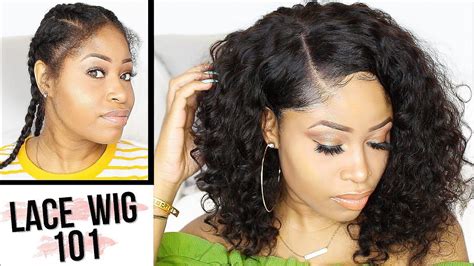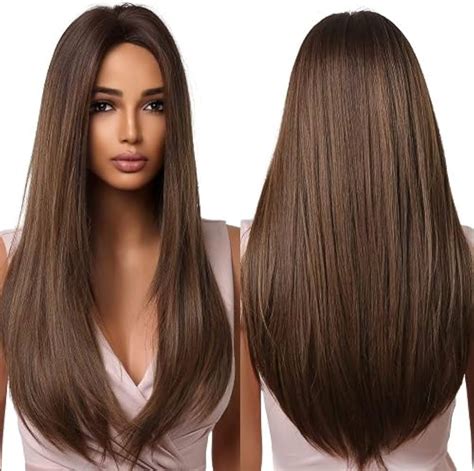Introduction
Human hair color is a captivating enigma that has fascinated scientists and artists alike for centuries. With over 100 distinct shades, each possessing unique characteristics and cultural significance, the allure of hair color remains timeless. This comprehensive article delves into the science, genetics, and cultural implications of this captivating human attribute.

The Science of Hair Color
Hair color is primarily determined by two pigments: melanin and pheomelanin. Melanin, responsible for brown and black hues, is synthesized by melanocytes, specialized cells within hair follicles. Pheomelanin, on the other hand, imparts red and blonde tones.
The distribution and concentration of these pigments within the hair shaft determine the overall color. Blondes have a higher proportion of pheomelanin, while brunettes possess more melanin. Redheads have a unique combination of low melanin and high pheomelanin levels.
Genetics of Hair Color
Hair color is an inherited trait, influenced by multiple genes. The Melanocortin 1 Receptor (MC1R) gene plays a significant role in determining hair color. Variations in this gene can lead to different shades of brown, blonde, or red.
Other genes involved in hair color include the Tyrosinase-Related Protein 1 (TYRP1) gene, which affects the production of melanin, and the Agouti Signaling Protein (ASIP) gene, which modulates the distribution of pigments within hair follicles.
Cultural Significance of Hair Color
Throughout history and across cultures, hair color has held profound social and cultural significance. Blonde hair has often been associated with youth, beauty, and innocence, while black hair symbolizes strength, power, and maturity. Red hair has carried connotations of both fascination and stigma.
In some cultures, hair color has served as a marker of ethnicity or social status. For example, in ancient China, black hair was considered auspicious and associated with nobility. In medieval Europe, blonde hair was a symbol of aristocratic lineage.
Hair Color Applications
Beyond its aesthetic appeal, hair color has various practical applications.
Camouflage and Disguise
Humans have used hair color for centuries to blend in with their surroundings or disguise their identities. For example, soldiers have dyed their hair to match the colors of their uniforms, while spies have employed hair color to conceal their true appearance.
Fashion and Expression
Hair color is an integral part of personal style and expression. People dye their hair to enhance their appearance, conform to fashion trends, or express their individuality. The global hair color industry is estimated to be worth over $100 billion.
Hair Regrowth and Restoration
Hair color is also used for medical purposes, particularly in hair regrowth and restoration treatments. For instance, minoxidil, a medication approved by the FDA, is used to promote hair growth and prevent hair loss. Hair color can be applied to match the natural color of the regrown hair.
Strategies to Enhance Natural Hair Color
While genetics plays a major role in determining hair color, there are certain strategies that can help enhance natural color.
Maintain a Healthy Diet
A balanced diet, rich in essential vitamins and minerals, can support healthy hair growth and color. Vitamins B12, biotin, and iron are particularly important for maintaining hair health.
Protect from Sun Exposure
Ultraviolet radiation from the sun can damage hair, dull its color, and contribute to premature graying. Wearing hats or using UV protectant sprays can help shield hair from sun damage.
Minimize Chemical Treatments
Chemical treatments, such as bleaching and perming, can alter hair color and damage its structure. Limiting the use of these treatments can help preserve natural hair color and maintain its health.
Use Color-Enhancing Products
Color-enhancing shampoos and conditioners can help intensify natural hair color and protect it from fading. These products typically contain pigments or color-depositing ingredients that enhance shine and vibrancy.
Benefits of Healthy Hair Color
Maintaining healthy hair color has several benefits:
Improved Appearance
Healthy, vibrant hair color enhances overall appearance and boosts confidence. It can frame the face, make features pop, and create a youthful glow.
Reduced Graying
Healthy hair color practices, such as protecting from sun exposure and minimizing damaging treatments, can delay the onset of gray hair.
Hair Health and Vitality
Healthy hair color is often a reflection of overall hair health. Maintaining natural hair color or enhancing it with color-enhancing products can promote strong, shiny, and lustrous hair.
FAQs on Human Hair Color
1. Can hair color change naturally?
Yes, hair color can change naturally over time. Factors such as age, sun exposure, and hormonal changes can lead to changes in hair color.
2. How can I determine my natural hair color?
If you have never dyed your hair or used any color-altering products, your natural hair color is most likely the color that it is when it first starts growing at the roots.
3. Is it possible to change my hair color permanently?
Yes, it is possible to change your hair color permanently using hair dyes or chemical treatments. However, these treatments can damage hair and require maintenance to touch up roots.
4. What are the risks of hair coloring?
Hair coloring can lead to hair damage, scalp irritation, and allergic reactions. It is important to choose reputable products, follow instructions carefully, and perform a patch test before using any hair coloring agent.
5. Can hair coloring cause hair loss?
Excessive or improper hair coloring can damage hair and lead to hair loss. It is important to use hair coloring products as directed and limit frequent chemical treatments to minimize hair damage.
6. Is it safe to color hair during pregnancy?
It is generally not recommended to color hair during the first trimester of pregnancy. However, some hair coloring products are considered safer to use during the second and third trimesters. Consult with your doctor or healthcare professional before coloring your hair during pregnancy.
7. Can I cut my hair to get rid of hair dye?
No, cutting your hair will not remove hair dye. Dye penetrates the hair shaft and cannot be removed by simply cutting off the dyed portion of the hair.
8. How can I cover gray hair without dyeing it?
There are several natural products that can be used to cover gray hair without using hair dyes. Henna, rosemary oil, and chamomile tea are some popular options.
Conclusion
Human hair color is a captivating and multifaceted aspect of human biology. From the science of melanin and genetics to its cultural significance and practical applications, hair color holds a unique place in human society. By understanding the factors that influence hair color, adopting healthy practices to enhance it, and utilizing its potential, we can harness the power of this enigmatic human attribute to express ourselves, boost our confidence, and maintain healthy, vibrant hair.
